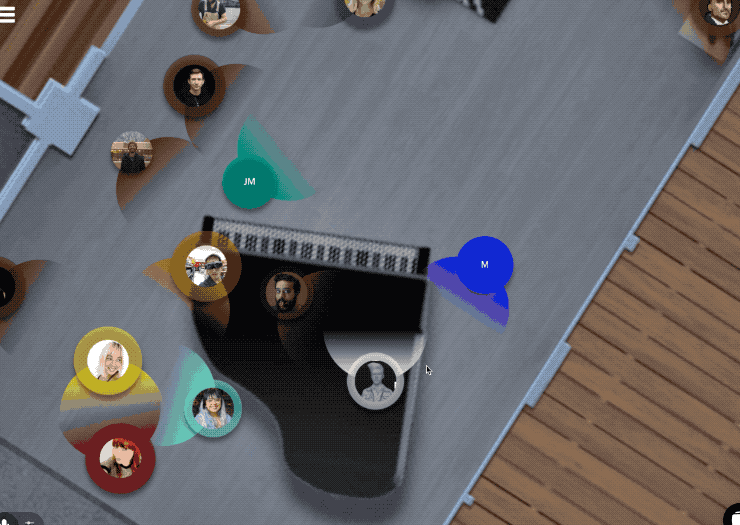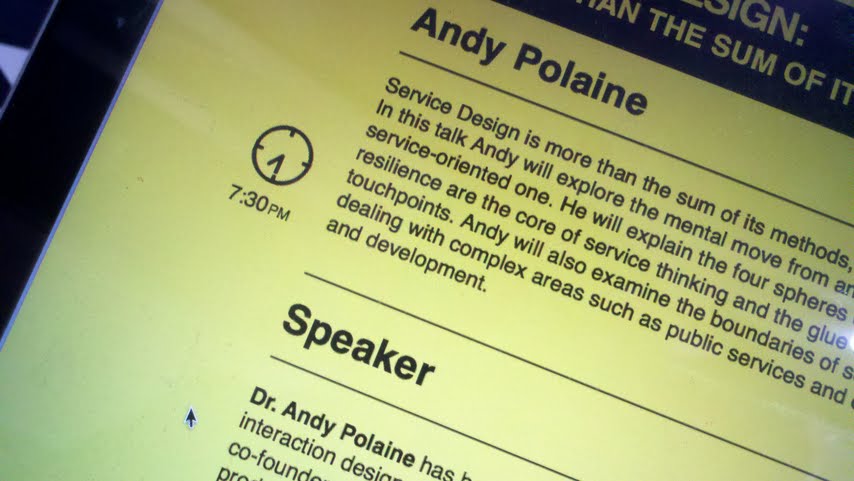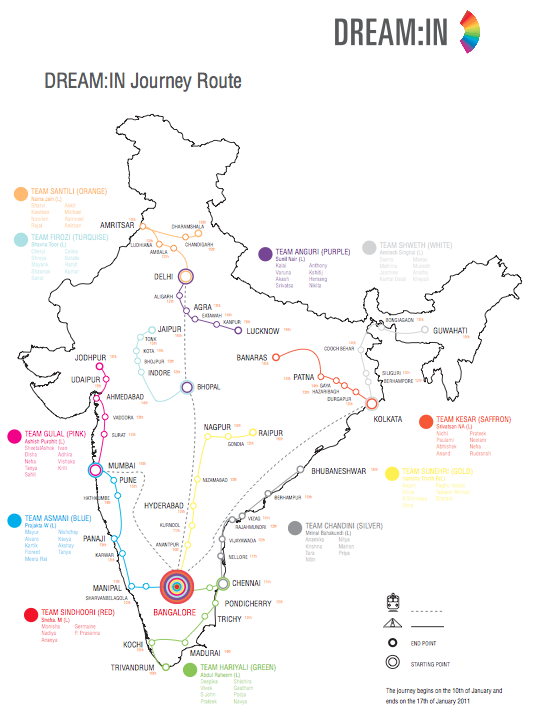Private Equity and Venture Capital Panel: New Cycle, New Paradigm, New Landscape
Anla Cheng of Sino-Century
increase in PE fund managers - going for pre IPO deals
increase in general partners
"There's too much money chasing for too few good companies."
this may be the reason for an "increase in art sales" and other luxuries
as the gov't is trying to cap the impending real estate and stock bubble
An increase in RMB funds
US dollar GPs are creating RMB funds
there are over 2,000 RMB funds
adjusted the hukou system to help people move in quicker
Fund Sources
US dollar GPs are creating RMB funds
gov't (ex: solar sector : ¥400B
fund to fund
Sino-Century Investment Examples
Women's Healthcare
In China, women's healthcare is just beginning
ex: A product to scan for cervical cancer
- "There isn't a clinic they can go to, so they have to go to the hospital.
- "The co. has to go an extra layer to create a servicing network."
- "But even the doctor might not know how to use it."
- This company was sold to a Fortune 500 company
- "In the US, this makes a lot of sense,"
- "Translating that to China is hard"
- [Service Design problem and opportunity]
Food
ex: logistic systems - complicated
40 built(?) in China [recording inaudible]
6,000 SKU
the complexity of the business "made the company unique"
What is the EBIDA - "should you build the [same scale and complexity of a] company" or just buy it?
[blend of backstage logistics (critical path, sourcing, BPM) and front end user experience]
Alternative Energy
ex: a pure play solar company
IPOed on the Shenzhen stock exchange.
It now has #2 brand recognition
and also sells in Germany
Sustainable Energy
ex: wind turbine blades made out of bamboo
"we're not just focused on alternative energy."
"we're focused on sustainable energy."
Andrew Hudders
mostly deals with flow of finances from US -> China
sees an increase in Chinese capital and Chinese investing in the US
PIPE - Private Investment in Public Equity
Gov't influence - encouraged to invest outside of china
ex: food sources, alternative energy
Problems and Differences
The small PE funds are inefficient, they are more like stock investors
doing deals overnight is not PE
What is occurring in China is "not what we traditionally consider PE in the US, which are arguably more skill intensive."
They're not to be "fe generating at the beginning, but to wait for the payout (3-5 years later). -Roger Leeds
Monita
Parallel funds can be created - going through the Ministry of Finance
RMB: Domestic Side can be created quickly - 2 days
US side: can take 9 months
-Chinese currency is not convertible
Government
In China it's not "the government."
There is: provincial, city, and above city level
ex: The provincial gov't may invest maybe 20%into a company that is in a city [see sketchnote]
20% "for that business's fund for that business in the city
Gov't support (via Anla)
she focuses on the three areas of the 35 year plan
is given funds by the gov't to manage
ex: cooling towers - approaching provinces to purchase Xinbei Cooling Towers
Gov't approval
very rarely do you get gov't approval to create a financial entity
gov't can't support purchasing new technologies
deal flow involves the provincial government
creates a tremendous opportunity for the PE
use of local currency takes up some of the saving of RMB
ex: "Wind" (company - the "Bloomberg of China") gained support from the mayor of SH
Growth Capital
small to mid size companies where you buy a significant but not controlling stake
The term "buy out" is different and focuses on a "significant stake" but not controlling and does not require loans and debt
Exit Markets
US timeline: invest---disinvest (sell) (five year) (via IPO)
CN timeline: invest---disinvest (sell) (18-3year) (via IPO, but or often by trading or selling)
time horizons are different
Often "No due diligence is done as the wire transfers are encouraged to be done very quickly."
"In the next few years, a bubble will burst because the valuations are too high."
The funds are "not run by real PE professionals" and are "just looking to get in before an IPO."
Trends & Future of PE
Average entry multiple is 6-12 times.
the multiples can be 60-100 times.
"I don't know if this is sustainable" - Anla
"deb structures that Chinese use are unsophisticated"
"it will become more and more of a domestic industry…more and more Chinese."
this will cause
tougher regulation on companies
speed of growth and amount of money going into
How do you use foreign tech to fuel traditional business?
a company where you can increase the profit margin (by brining in new tech)
uncover crown jewels or diamonds"
most companies don't want to be listed for financial reasons: they do it for the status symbol to say they've arrived."
We're in the process of creating brand names in China
Takeaways
Q: Diff btw merchant banks and PE?
A: Merchant banks - at a very high level
PE - the real work begins after you invest
In the US, we tend to think of VC as a subset of PE.
Q: To what extent do you manage [and do more] than just stay on the bard?
A: We get involved in every level
-Anla Cheng
As an equity investor, can you actually get involved in every level? What are ways for you to see insights form deep at the operation and level and consumer side?
My Question:
How can you that insight without having to spend excessive time there?
What form do these deliverables take place?
This is harder for multiple reasons.
1. The time between initial investment and sale, trade or IPO is shorter than it is in the US.
2. The companies that help transition to a service economy operate and exist differently.
-The have different metrics of success and often those metrics are not well defined
How do you translate not only technology to a new physical location, or management to a new cultural environment, but how do you translate success to future "industry" and future "companies."
[singlepic id=869]
Event Info
Now the second-largest economy, having recently eclipsed Japan, China is becoming the anchor for a new cycle of self-sustaining economic development. The VC/PE industry, regarded as one of the major drivers of China’s innovation and industrial progress, will play an increasingly important role during this cycle. China's VC/PE industry has reached a critical point in its development, with opportunities for explosive growth of the industry itself on the one hand and overall structural transformation on the other.
Key Topics:
How will the newly unveiled government policies such as "Opinions on Further Optimizing Usage of Foreign Capital" and the "New 36" affect the equity investment industry? Along with the establishment of large-scale industrial funds backed by state assets, what will the pattern and prospects of Chinese VC/PE market look like? Will the rapid rise of RMB-denominated funds trigger new bubbles or cause supervision problems? What are the hot areas for VC/PE investments in 2011?
Roger Leeds
Chairman of Emerging Markets Private Equity Association (Moderator)
Dr. Roger S. Leeds is the Chairman of the Board of Directors of EMPEA, and a Professor at the School of Advanced International Studies (SAIS) of the Johns Hopkins University, Director of the School’s Center for International Business and Public Policy, and an Adjunct Professor at the Wharton School, University of Pennsylvania. Prior to SAIS, Dr. Leeds worked as Managing Director and co-head of the emerging markets practice at Patricof & Co., Partner at KPMG, senior staff member at the International Finance Corporation, and, Associate at Salomon Brothers in New York. A renowned expert in the field, Dr. Leeds has worked in 100 countries in Latin America, Asia, Eastern Europe and the former Soviet Union, and Africa, and is a member of Council of Foreign Relations in New York. Dr. Leeds has a bachelor’s degree from Columbia University, and a M.A. and Ph.D. from SAIS.
Monita Mo
Founder and President of Ascend Capital Partners (Panelist)
Ms. Monita Mo, the founder and president of Ascend Capital Partners, is a Chinese-American with sino-US bilingual cultural background. She graduated from Baruch College of CUNY with Master degree in Taxation and is a CPA licensed to practice in NY, NJ and California.
Monita has a total of 30 years of experience in private equity, financial restructuring, and operating/financial management in China and the United States, engaged to help Chinese and American corporations to raise fund or go public in overseas market. She started her consulting experience with Arthur Andersen NYC participating in mega M&A deals in the 80’s primarily in the media and financial industries. She then started her accounting business in 1992 based in US and focusing in China. She is currently the consultant for 18 banks from China and Taiwan who conducting business in the US. She helped the first wave of abroad students in US come back to China to set up their business and assisted the earliest US investors investing directly in China. Meanwhile, she participated in the earliest online times investment, such as: 8848, Tongtech, PRC EDU and so on.
Ascend Capital Partners was founded in 2002 by Monita, expanding the concept of consulting + investing primarily in privately owned enterprises in China (www.ascendvp.com.cn). Ascend has completed several exits in its investment and onto raising a fund to increase each of its investment size. The successful cases of Monita in recent year are Acorn International (listed in US), NVC Lighting (listed in HK), Changfeng Agricultural, TCT Medical, YOYI Media, Sinodis and so on.
Anla Cheng
Partner of Sino-Century China Private Equity (Panelist)
Ms. Cheng is partner at Sino-Century China Private Equity, a mid-cap growth capital China PE RMB Fund focused in Financial Information and Services, High End Manufacturing and Sustainable Environment. She has spent more than 25 years in the field of investments and finance. She began her career at Goldman Sachs on the GNMA bond desk after completing the company’s training program. She joined Citibank, first as a Pacific Basin analyst, and later as Asian portfolio manager. She then moved onto Prudential-Bache where she headed the Japanese Institutional Desk. She subsequently joined Robert Fleming, New York, eventually becoming senior vice president and head of the Japan/Taiwan/Korea Institutional Sales Group. Ms. Cheng ran a Family Office focusing on Asia hedge fund of funds which included PE funds before joining Sino-Century.
She has an MBA from The Wharton School of Business at the University of Pennsylvania and has a magna cum laude B.A. from Pratt Institute. Ms. Cheng grew up in Japan and is proficient in English, Mandarin and Japanese. She is a member of the Committee of 100. She is also a Trustee of The Riverdale Country Day School and was honored at MOCA in 2009.
Christian Giannini
Director of ChinaVest (Panelist)
Mr. Christian Giannini now serves as director at ChinaVest, a leading merchant bank founded in China by Americans over a quarter century ago and one of the oldest and largest private equity firms exclusively targeting the rapidly growing Greater China market. Prior to joining ChinaVest, Christian worked in the M&A and Corporate Finance groups at Robertson Stephens & Co. His transaction experience in China and the United States spans Infrastructure, Manufacturing, Energy and Distribution.
Christian graduated from the University of San Francisco with a B.S. in International Business and he received his MBA from The University of Chicago, Booth Graduate School of Business. Outside of the office, Christian is an avid sailor, telemark skier and chef.
Andrew Hudders
Partner, Golenbock Eiseman Assor Bell & Peskoe LLP (Panelist)
Mr. Hudders is a partner in the Firm’s securities and corporate departments. He regularly represents companies and placement agents/underwriters in public and private offerings, including private placements, IPO’s, 415 transactions, PIPE’s and secondary and resale offerings. He has extensive experience in SPAC offerings and SPAC business combination transactions as well as reverse merger transactions and related financings, typically PIPE transactions to finance the acquisition of and working capital for an acquisition target. He also advises and assists companies with their SEC reporting obligations, annual meeting requirements, corporate governance and securities compliance. He has substantive experience representing smaller underwriters and placement agents in underwriter compliance and compensation under FINRA regulation and blue sky issues.
Mr. Hudders’ corporate practice includes the general representation of well-established, emerging growth, and start-up companies as outside general counsel. He represents these companies in a variety of matters, including equity and debt financing transactions, venture capital and private equity transactions, stock option plans, SEC reporting, executive compensation and employment related matters, strategic alliances and mergers and acquisitions. He also advises on listing requirements for issuers.
The issuer clients that he represents operate in such diverse industries as computer services, on-line services, alternative energy, oil and gas exploration, mining, media, film and television production, beverages and food distribution, and medical devices. Clients are both United States based and have headquarters and operations in Canada, China, Hong Kong, Singapore and the the United Kingdom, among other locations.
Event info and bios via http://www.columbiachinaconference.org/panels1.html






